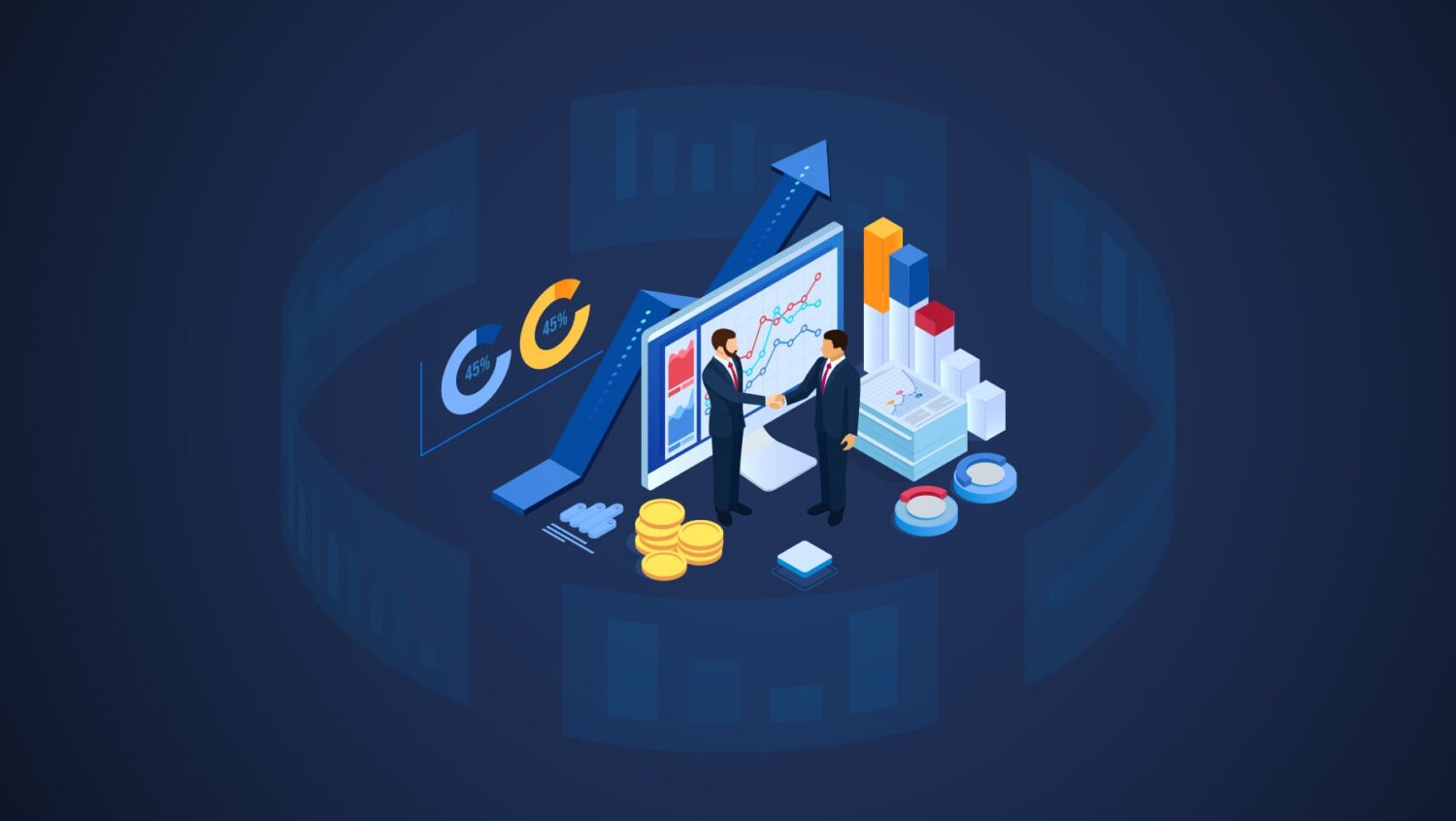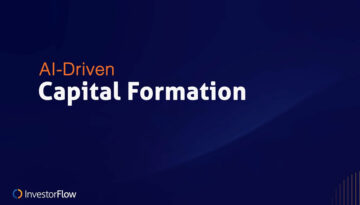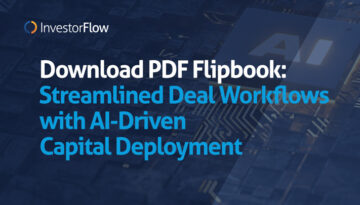The Evolution of Alternative Assets: Embracing Commercial Differentiation
Seven years ago, I left private equity to pursue a dream of professional dancing. Upon my return, I was struck by the sector's transformation. Alternative assets have become mainstream, with a proliferation of emerging GPs and funds alongside sophisticated cloud-based technology applications. Capital allocation in the private market continues to grow to a staggering $14.5 trillion globally and the amount of dry powder has accumulated to a record breaking $3.9 trillion waiting to be deployed. This landscape is brimming with potential, marked by rapid evolution and an exciting trajectory.

The Evolving Role of a GP
The industry is navigating a critical juncture, grappling with the aftermath of a period of high growth and sky-high valuations in 2021. Ever since, valuations have been down almost 40%, and fierce competition has been further exacerbated through the 2022/2023 liquidity crunch, lack of distributions and a sharp rise in interest rates. Although performance remains important, it is no longer the only driving factor. The role of a GP has evolved. Not only is superior return anticipated, but GPs are now also expected to be strong operators of portfolio companies and portfolio managers to LPs. Balancing returns with liquidity in this market environment is challenging, to say the least.
Elevating GPs as Distinguished Players
With returns comparatively stable among established GPs, differentiation is critical. How can GPs elevate themselves? At the April PEI conference in NYC, LPs expressed their intention to streamline GP partnerships, favoring a smaller pool of robust GPs with heftier capital allocations. In addition to the M&A activities recently witnessed in the industry, consolidation is inevitable, competition will continue to intensify, and commercial differentiation beyond pure performance metrics has risen in significance.
The Rise of LPs
LPs now hold more sway in a climate where capital demand outstrips supply at a 3-to-1 ratio. LPs have become savvier and demanding, with a strong appetite for fast, insightful, and accurate information. Gone are the days where capital is almost automatically reinvested into subsequent vintages. Today, LPs perform a more rigorous review and sometimes require brand new underwriting of existing GPs with subsequent vintages. They are looking for GPs as trusted business partners with whom they can go the distance — ones built on a solid foundation with persistent returns withstanding volatile market conditions, and whose infrastructure and operations are sound and scalable.
Beyond Performance Metrics
Historically, it was all about scouting the best deals and attaining the highest returns; commercial differentiation was seldom seen as a competitive lever. Middle-office operations were often overlooked and considered adequate if they fulfilled their basic processing and reporting functions. Investor relations mainly focused on answering due diligence questions and executing manual processes for onboarding investors. Finance crunched numbers to be passed over to IR — often with disjointed data and many points of reconciliations and coordination between internal departments and external service providers. Fire drills have been typical and have usually involved data and/or reporting requirements. Marketing and communication functions have been virtually nonexistent, with the exception of the few mega-fund shops.
Marketing as a Strategic Advantage
Today, strategic marketing is a necessary facet of business in PE, elevating firms beyond mere performance by showcasing their expertise and commercial excellence. It establishes a strong brand identity, cements a GP’s reputation, builds awareness, and enhances investor trust. Leveraging technology further enriches investor communications and relations. By developing a marketing strategy that utilizes digital channels, a coherent brand narrative, and thoughtfully articulated content — along with in-person and event experiences — GPs can effectively communicate their value proposition, build stronger relationships with investors, and establish a competitive edge
Attaining Differentiation
Attaining such differentiation requires a transformative approach across all operational facets of a GP's practice. It calls for an enhanced LP experience with the goal of providing a seamless, intuitive and positive experience to existing and prospective LPs. This effort requires cross-functional collaboration, integrated applications and tech stack, insightful data and reporting, and curated personalized relationships.
Marketing Transformation is imperative — it is no longer merely an option but a fundamental requirement to remain competitive.

